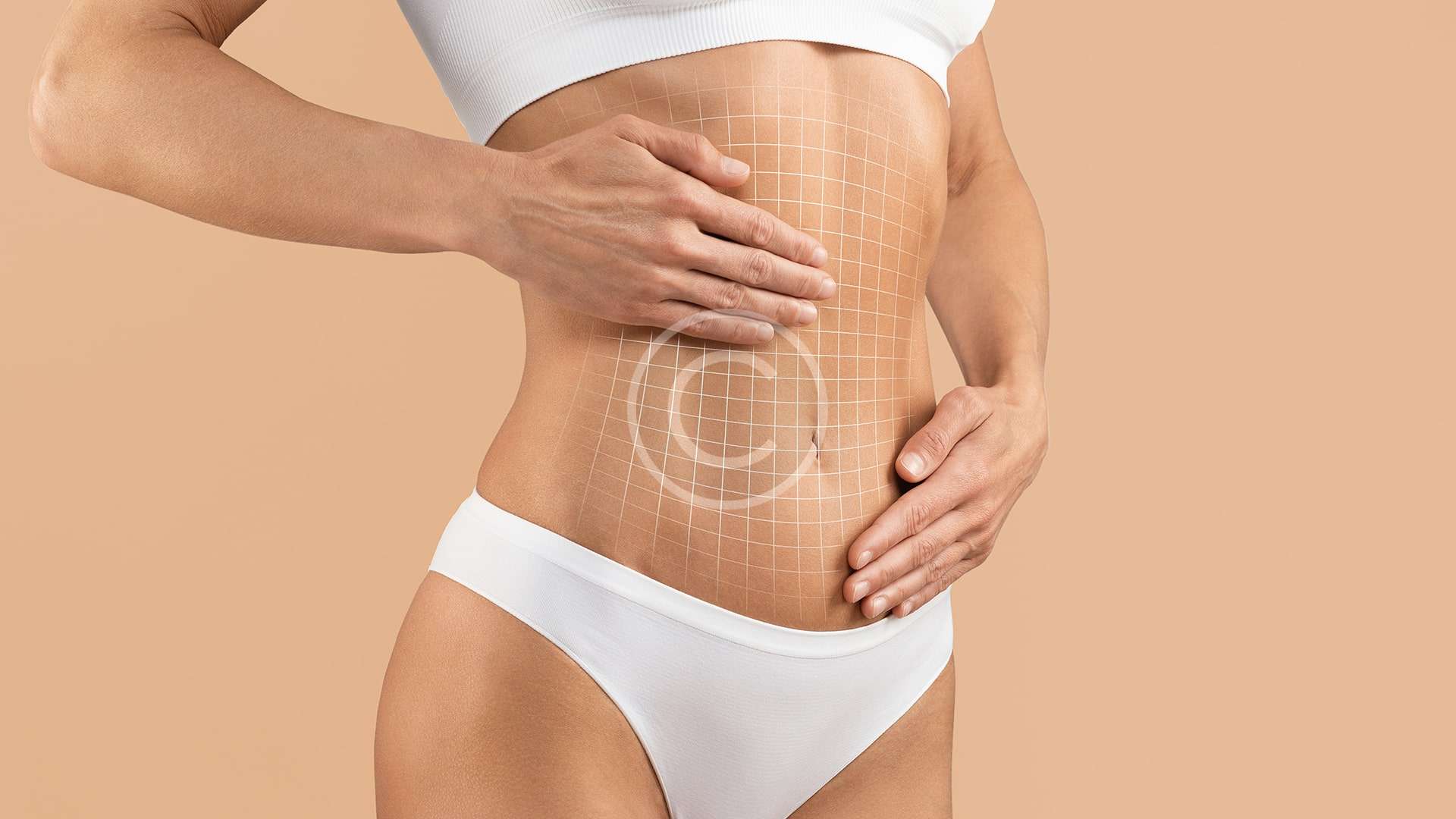Many people struggle with a weak abdominal wall after significant weight loss, pregnancy, or aging. These factors often cause muscles in the abdominal region to stretch or separate, resulting in a bulging belly and reduced core strength. While regular exercise and diet play a role in improving fitness, they may not fully repair the damage. This is where a surgical procedure known as a tummy tuck becomes highly beneficial. A Tummy Tuck in Islamabad not only improves the shape of your abdomen but also directly addresses abdominal weakness, restoring both function and appearance.
Understanding Abdominal Weakness
Abdominal weakness occurs when the muscles of the abdominal wall lose their natural strength and elasticity. In many cases, the muscle fibers stretch out or separate in a condition called diastasis recti, which is especially common after pregnancy. This weakening does not just affect appearance—it also impacts posture, stability, and overall core strength. Individuals with weak abdominal muscles may experience:
-
Difficulty maintaining good posture
-
Back pain due to lack of core support
-
A bulging or sagging belly despite exercise
-
Trouble engaging in physical activities
Abdominal weakness, therefore, is not only an aesthetic concern but also a functional issue that can reduce quality of life.

What is a Tummy Tuck?
A tummy tuck, or abdominoplasty, is a cosmetic surgical procedure designed to remove excess skin and fat from the abdomen while tightening the underlying muscles. Unlike weight loss surgeries or liposuction, the tummy tuck specifically targets the abdominal wall. By reinforcing weak or separated muscles, this surgery helps restore a flatter, firmer, and stronger midsection.
How a Tummy Tuck Repairs Abdominal Weakness
The tummy tuck procedure is uniquely effective because it goes beyond surface-level fat removal. Here’s how it works:
Muscle Repair
During the surgery, the surgeon carefully pulls the stretched or separated abdominal muscles back into their correct position. These muscles are then stitched together to restore firmness and strength. This repair mimics the body’s natural structure, significantly improving core stability.
Removal of Excess Tissue
Abdominal weakness often comes with stretched skin and stubborn fat deposits. A tummy tuck removes this excess, ensuring that the tightened muscles are complemented by a smooth, toned appearance.
Improved Core Strength
By repairing diastasis recti and strengthening the abdominal wall, patients regain core stability. This not only improves appearance but also reduces back strain and improves physical function.
Enhanced Posture
Weak abdominal muscles contribute to poor posture, which in turn causes back pain and spinal issues. After muscle tightening in a tummy tuck, patients often notice better posture and reduced discomfort.
Benefits Beyond Aesthetics
While many people choose a tummy tuck for cosmetic reasons, the functional improvements are just as important. Some benefits include:
-
Stronger Core Muscles: Helps with everyday activities like lifting, bending, and exercising.
-
Reduced Lower Back Pain: A firmer core relieves pressure on the spine.
-
Better Posture: A strengthened abdominal wall naturally supports upright posture.
-
Improved Comfort: Less skin sagging and belly bulging mean more comfort in clothing and movement.
Tummy Tuck and Post-Pregnancy Recovery
Pregnancy is one of the main causes of abdominal weakness, as the growing uterus stretches both skin and muscles. After childbirth, some women struggle to regain their pre-pregnancy figure because the abdominal muscles remain separated. A tummy tuck is especially effective in these cases because it restores the abdominal wall, offering both functional support and a more toned figure.
Who Can Benefit from a Tummy Tuck?
Not everyone with abdominal weakness may need a tummy tuck, but ideal candidates include:
-
Women with muscle separation after pregnancy
-
Individuals with significant weight loss who still have weak or sagging abdominal walls
-
People experiencing lower back pain or posture problems linked to abdominal weakness
-
Those who are at a stable weight and want both functional and aesthetic improvement
Recovery and Long-Term Results
Recovery after a tummy tuck typically requires several weeks of rest, with gradual return to normal activities. Patients are advised to avoid strenuous exercise initially, allowing the repaired muscles to heal properly. Over time, most people enjoy long-lasting results, provided they maintain a healthy lifestyle with balanced nutrition and regular physical activity.
Myths About Tummy Tuck and Abdominal Weakness
Many people believe that exercise alone can repair separated abdominal muscles. While core-strengthening exercises are important for overall health, they cannot always fix diastasis recti or severely weakened muscles. A tummy tuck offers a permanent solution when conservative methods fall short.
Conclusion
Abdominal weakness can affect not just your appearance but also your posture, mobility, and overall comfort. A tummy tuck is one of the most effective solutions to address this issue by repairing the abdominal wall, removing excess tissue, and restoring strength to the core. Whether caused by pregnancy, weight fluctuations, or aging, this procedure provides both functional and cosmetic benefits. For individuals looking to improve abdominal strength and achieve a more toned figure, a tummy tuck offers a transformative outcome that goes far beyond surface-level changes.

